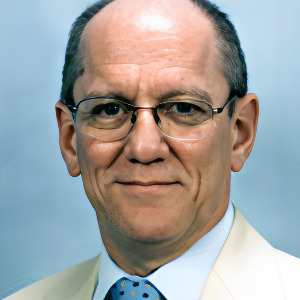HYBRID EVENT: You can participate in person at Singapore or Virtually from your home or work.
COVID-19: Dental & Oral care
COVID-19: Dental & Oral care
The virus that causes coronavirus disease in 2019 is the severe acute respiratory syndrome coronavirus 2 (SARS-CoV-2) (COVID-19). For respiratory infections, the mouth cavity is a possible reservoir. Patients with viral respiratory infections are more likely to develop bacterial superinfections. Dental health care professionals must be aware of the potential for the (SARS)-CoV-2 virus to be transmitted in a clinical setting. As a result, they must keep themselves informed about any new knowledge on this disease. Alternative techniques, such as Teledentistry, will allow dentists to provide care to patients while reducing the danger of cross contamination.
Committee Members

David Geoffrey Gillam
Queen Mary University of London, United Kingdom
Zvi Loewy
New York Medical College, United States
Khamis A Hassan
Global Dental Research Centre, Canada Dental 2026 Speakers

Laurindo Moacir Sassi
Erasto Gaertner Hospital Cancer Center and Mackenzie Evangelical University Hospital, Brazil
Arnaldo Castellucci
Dr. Castellucci MD, DDS, Italy
Yasser Khaled
Marquette University, United States



Title : Efficacy of a biomin F toothpaste compared to conventional toothpastes in remineralisation and dentine hypersensitivity: An overview
David Geoffrey Gillam, Queen Mary University of London, United Kingdom
Title : Knowledge and attitudes of dental professionals in the evaluation of Molar Incisor Hypomineralisation (MIH): Awareness, diagnosis and treatment approaches: An overview
David Geoffrey Gillam, Queen Mary University of London, United Kingdom
Title : The coordinated triad of spatial temporal and biomechanical strategies managing the where when and how of shrinkage stress in bulk fill resin composite restorations
Khamis A Hassan, Global Dental Research Centre, Canada
Title : Dental treatment of 1500 young children under general anesthesia
Jaap Boehmer, Rijnstate Hospital, Netherlands
Title : Enhancing root canal success strategic use of orifice opener one step synthesis gels orifice barriers
Emmanuel Samson, Consultant Total Dental Care, India
Title : Importance of clinical pharmacokinetics of medications in the postoperative period of patients undergoing dental surgical procedures
Vitoldo Antonio Kozlowski Junior, Ponta Grossa State University, Brazil